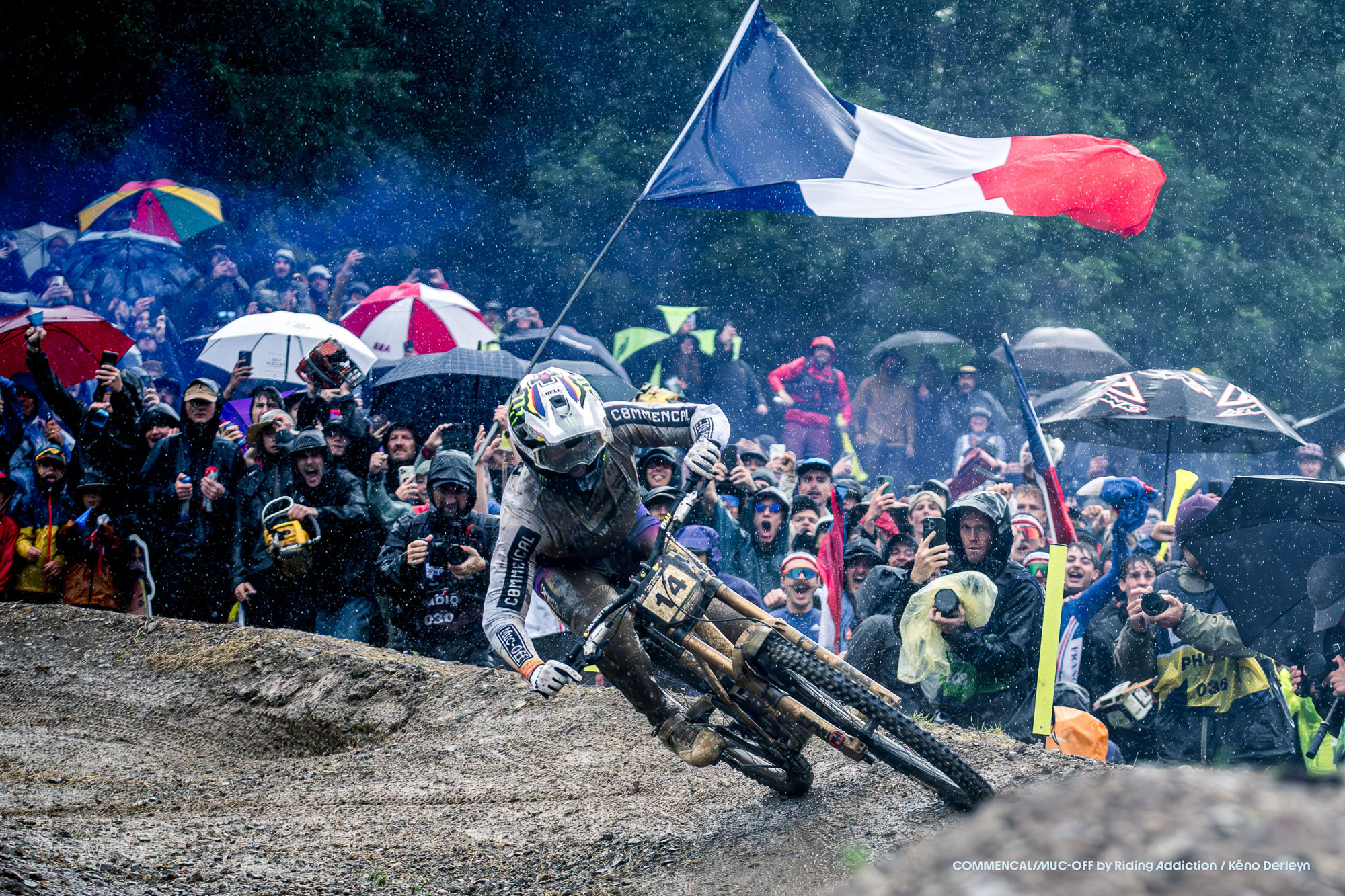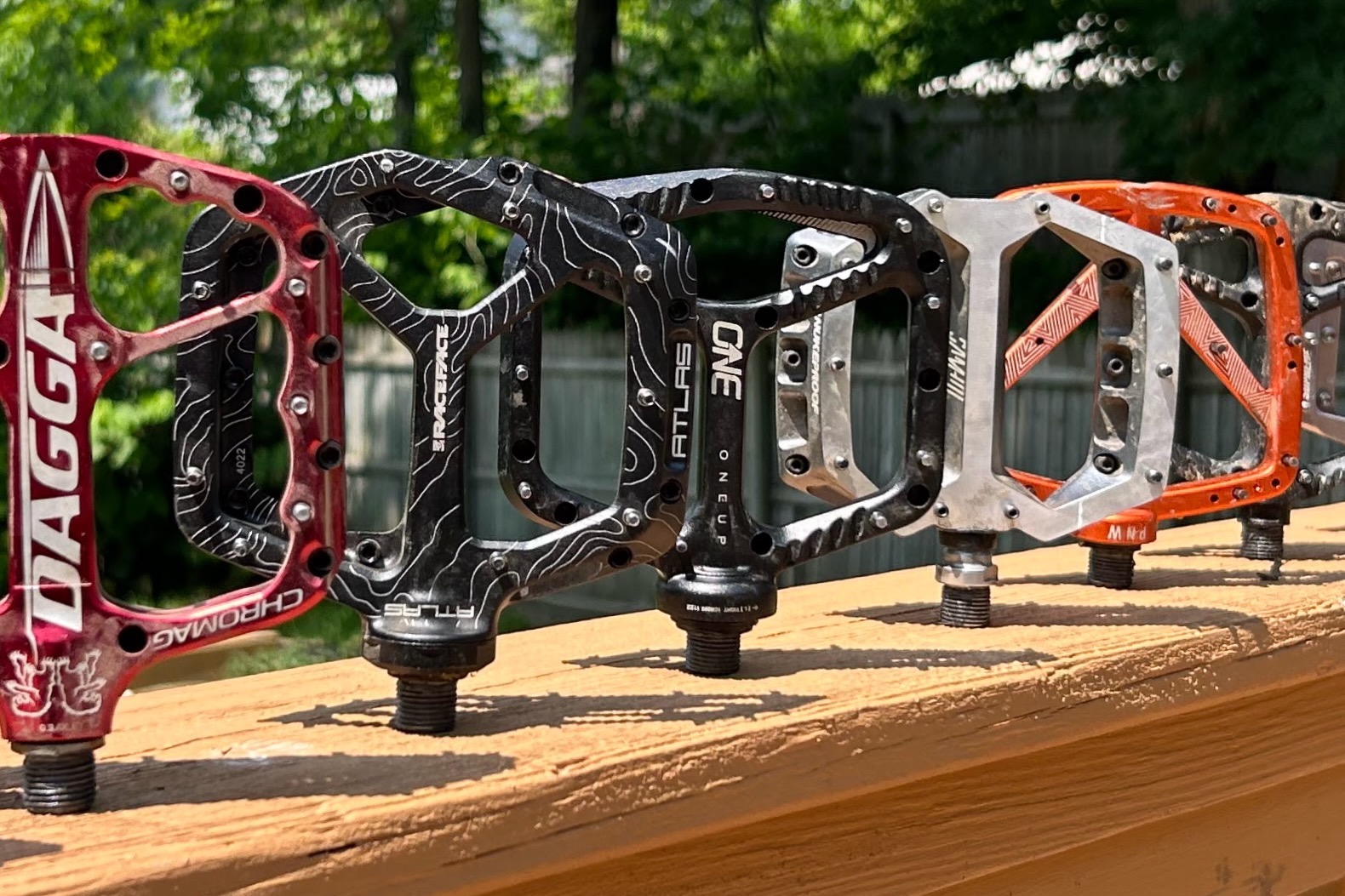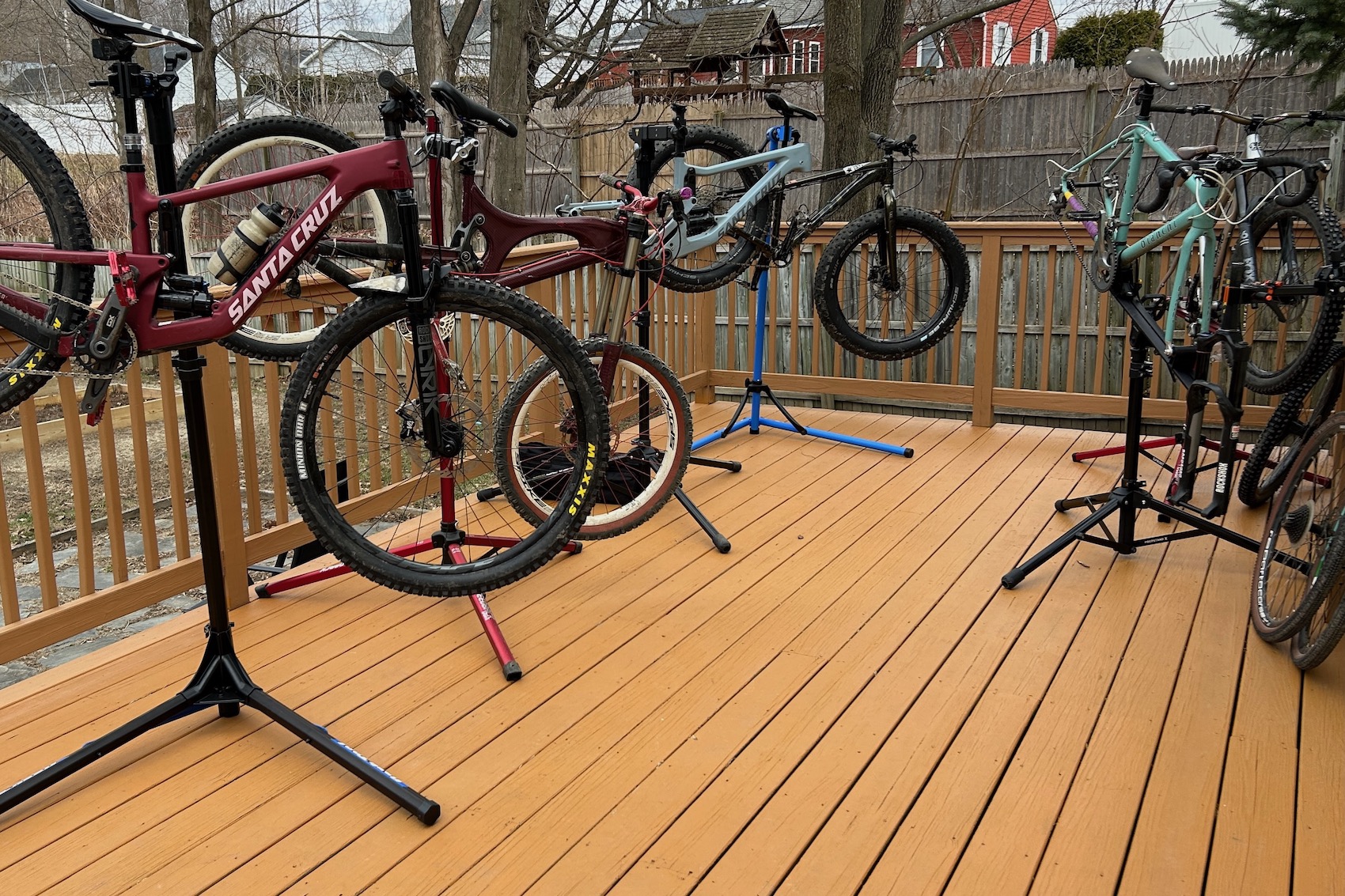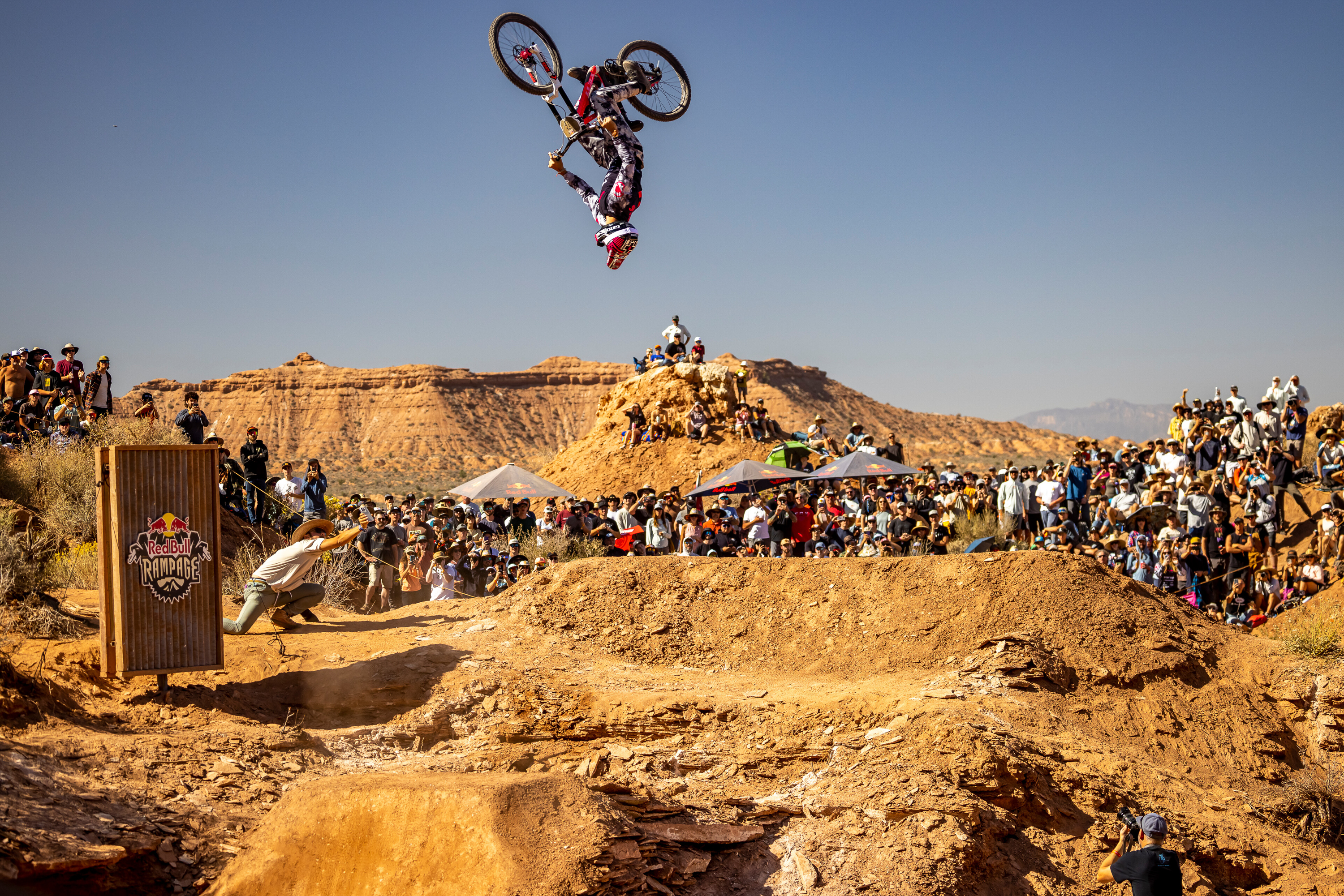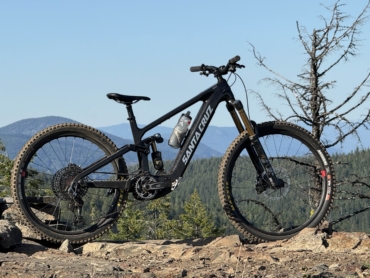With all the choices in tire variables that brands offer, most mountain bikers have little reason to want more. But Schwalbe released radial mountain bike tires last week, and the announcement raised my eyebrow. So what does this offer in an already incredibly expansive mountain bike tire market?
To understand the potential advantages of a radial mountain bike tire, a little tire carcass construction explainer is in order.
What Is a Radial Mountain Bike Tire? How Is It Different?
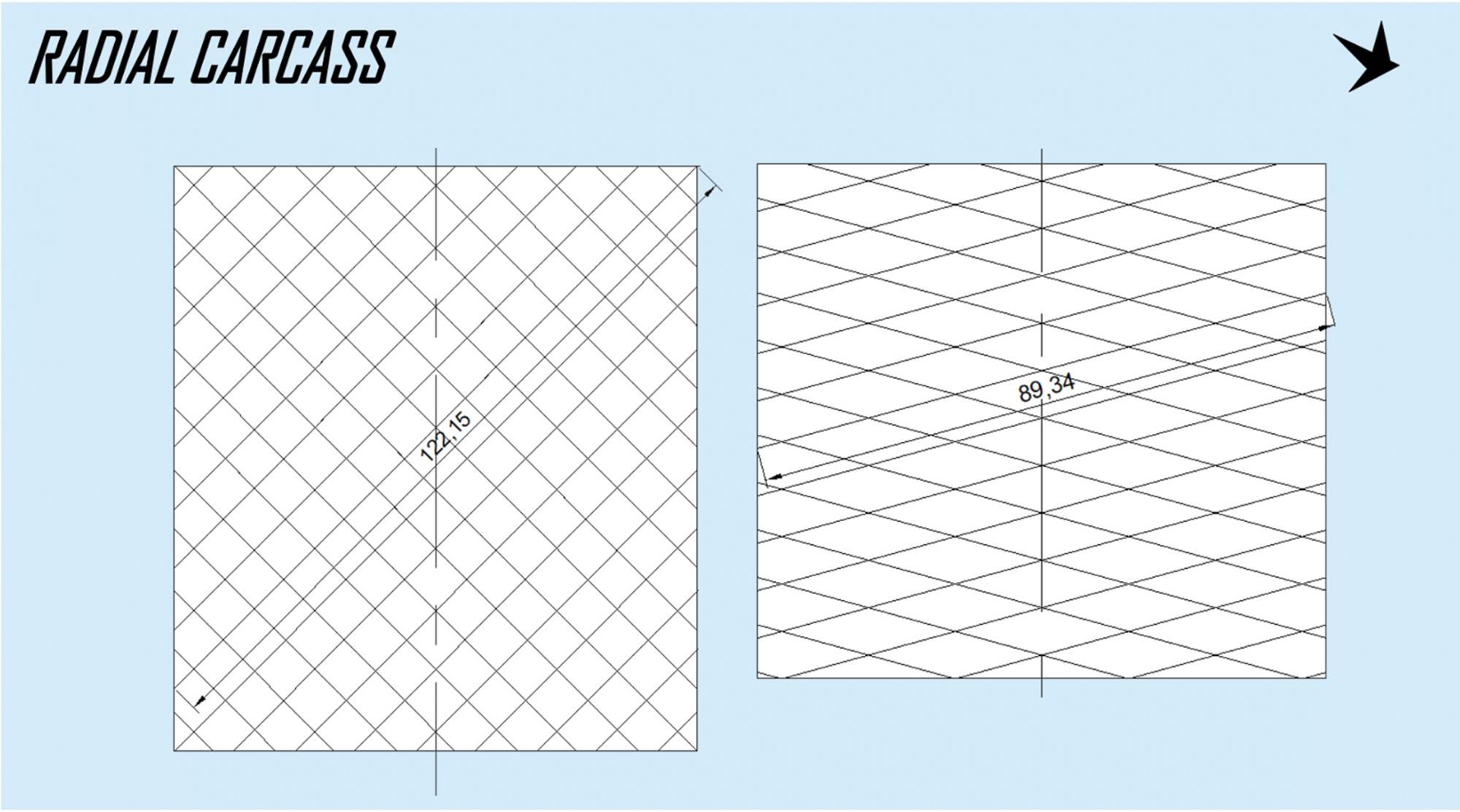
The carcass of the bicycle tire is the main body of the tire, excluding the tread and the bead (which are the parts on the sides that sit in the bicycle wheel rim). This carcass is made out of layers of textiles called plies. The plies have fibers called ply cords (think of threads). The tire manufacturer can manipulate these plies in terms of how many layers, how much and where they overlap, and at what angle the ply cords run.
Standard construction of bicycle tires has the ply cords running diagonally relative to the parallel tire beads and the centerline of the tread. This configuration of the plies indicates that the tire is a bias tire on a motorcycle or car. Cycling hasn’t used that nomenclature but bicycle tires bias-ply tires.
Radial tires, the most common type of car tire, have the ply cords running perpendicular to the centerline of the tread. Schwalbe has changed the program here. On the new Schwalbe radial mountain bike tires, the ply cords don’t exactly run perpendicular to the beads or centerline of the tread but are close to it. The exact angle is a Schwalbe secret, and the brand states that it’s as close to perpendicular as it can get without adding another layer of material under the tread (a belt).
Advantages of Radial Bicycle Tire Construction
Although modern bias-ply mountain bike tires are so good, high-level riders, particularly the gravity crowd, have faced standard bicycle tire construction limitations. Schwalbe claims its new radial tires address these issues.
Tire Carcass Compliance
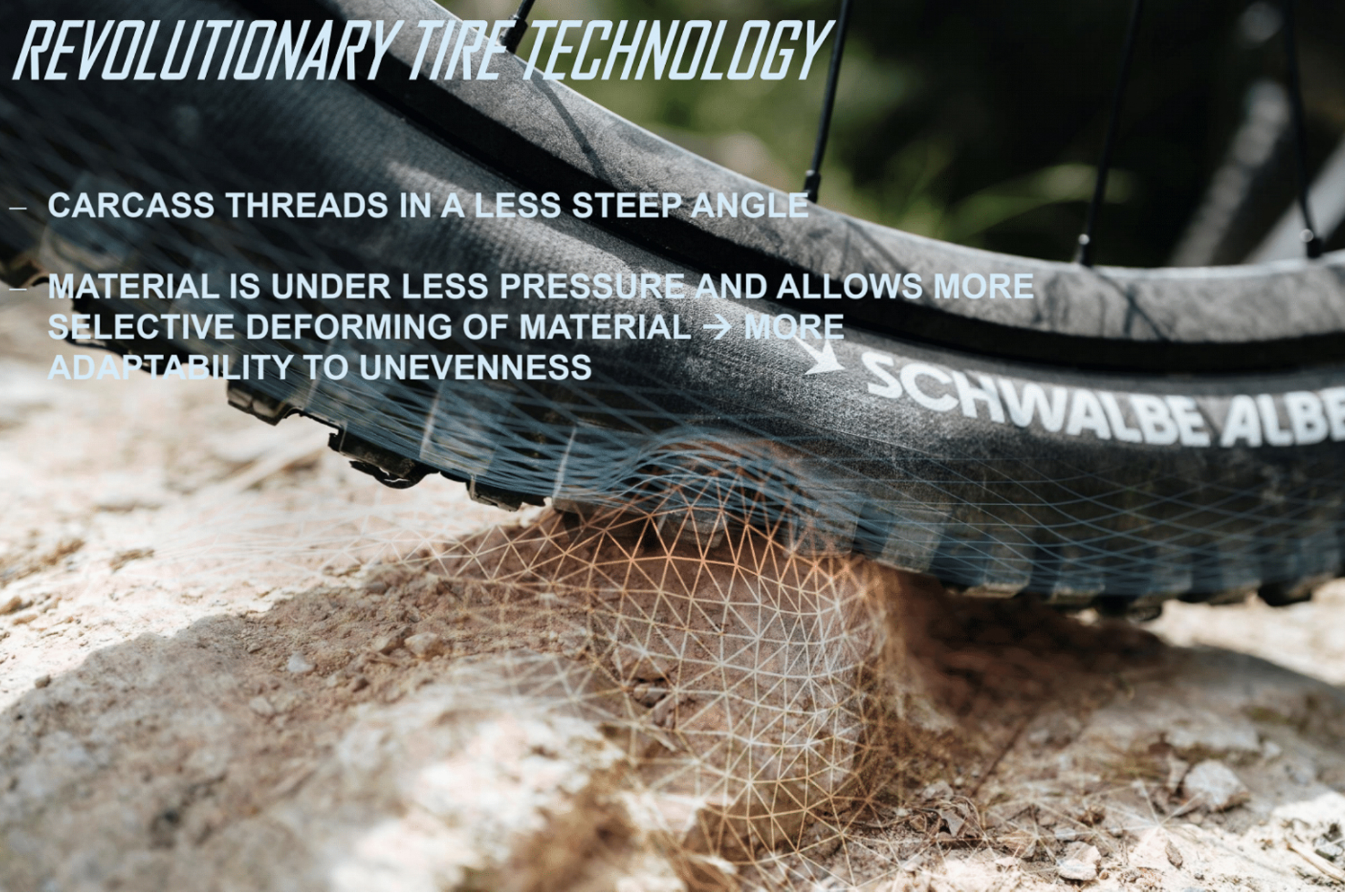
The Problems
The more flexible a tire carcass is, the better it can deform around things like embedded rocks and roots, improving the contact patch and traction (more of the tread stays on the ground), as well as comfort (less force transferred to the rider). It also improves overall handling, as less force is transferred to the bike, reducing rebound. The suspension can be set up to accommodate for the smoother rebound response.
To do this, tire brands have reduced the number of layers in the carcass and employed lighter, more flexible layers. Although this does improve carcass compliance, it also reduces puncture resistance.
The other workaround to a stiff carcass is to reduce tire pressure. But this increases the possibility of “snake bite” punctures (the tire deforms so much it smashes the sidewall against the rim, producing two holes that look like a snake bite) and rim damage.
The cycling industry created the somewhat second-thought solution of foam tire inserts that cushion this potential impact. It does work, but adds weight, complexity, service difficulty, etc.
Low tire pressures also contribute to an unstable tire. The lowered air pressure supports the sidewalls less, and the tire can deform and squirm under cornering, accelerating, or braking forces. This movement gives an uneasy feeling and reduces the confidence and tactile information riders harness to estimate the level of traction.
Schwalbe’s Solution
By creating a radial bicycle tire, Schwalbe claims to solve many of the issues above. The almost perpendicular angle at which the ply cords run in relation to the beads lessens the amount of tension in the carcass when a force tries to deform it. This allows the tire to conform around the obstacle, increasing the contact patch, which drastically improves traction. Schwalbe claims that this effect adds 30% to the contact patch compared to a standard tire, at the same air pressure (test pressure was 21.8 psi).
The more flexible casing is also claimed to produce a more controlled tire rebound, improving control, grip, and comfort. Suspension can be tuned around this characteristic, opening up more options.
Schwalbe claims that the cut resistance of the tread and sidewall is the same as a standard mountain bike tire.
What’s the Trade-Off?
Like all things gear, there must be compromises to even the incredible-sounding advantages of radial mountain bike tire construction. Schwalbe freely admitted these not-so-obvious downsides.
Contrary to the trend in logic with road and gravel bike tires, Schwalbe claims the greater carcass flexibility minimally increases rolling resistance. This is due to the larger contact patch interacting with the ground, creating more resistance to the tire rolling forward.
And because the radial carcass resists deformation less, reducing the spring curve, the potential for snake bite punctures increases for the same tire air pressure.
Schwalbe Radial Mountain Bike Tire Models
Schwalbe released three lines of radial mountain bike tires: Albert, Shredda, and Magic Mary.
Albert
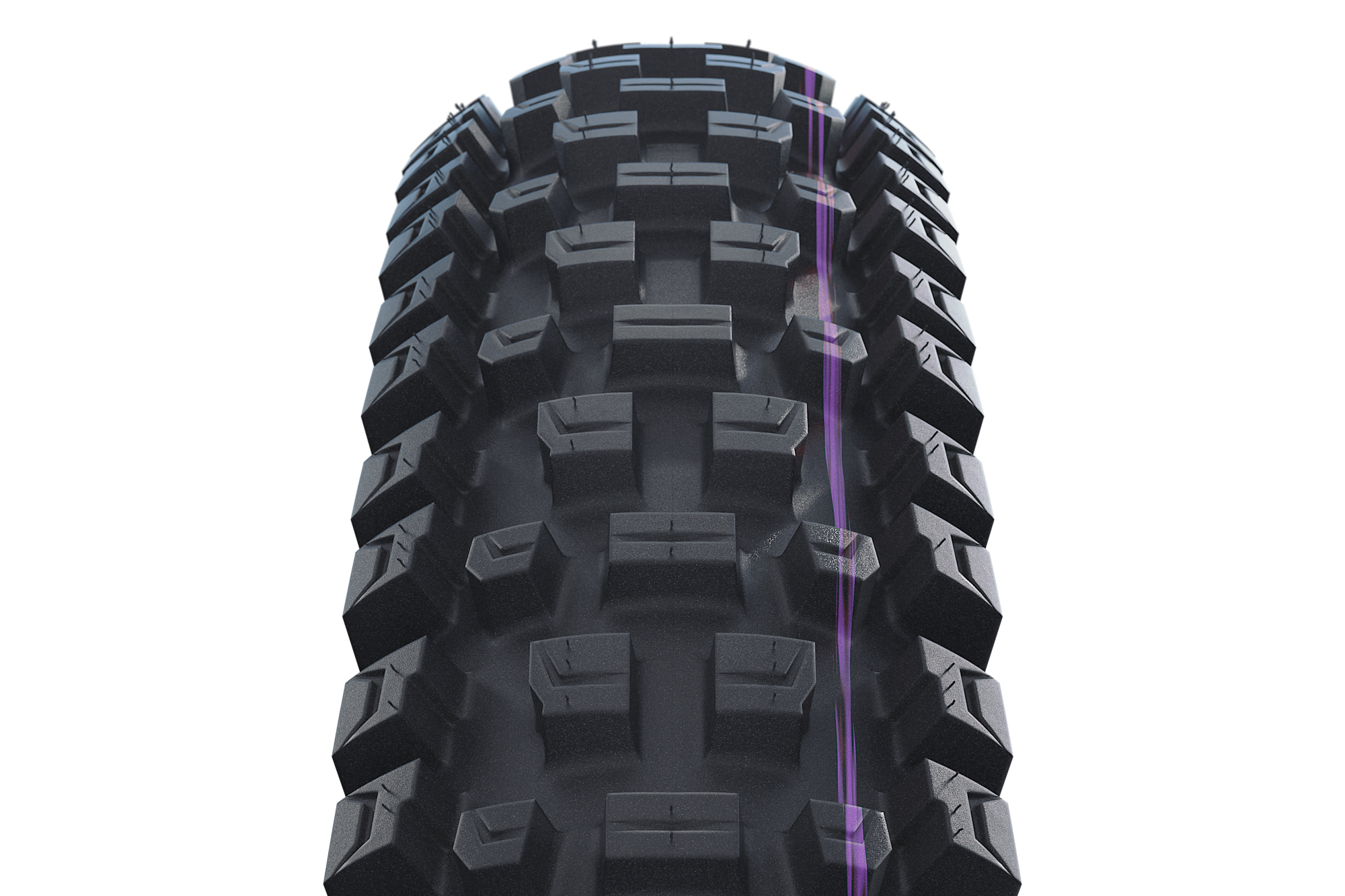
The Albert line is for the gravity-inspired mountain biker. Think 150mm of suspension travel; enduro and “lighter” gravity riding. Schwalbe says “optimized for radial carcass, perfect combo to have a lot of contact to the ground.”
There is an Albert Gravity Pro, in all the logical sizes, with soft and ultra-soft tread compounds. As the name suggests, it’s aimed at the gravity crowd. Schwalbe also offers the Albert Trail Pro, for those more into singletrack.
Shredda
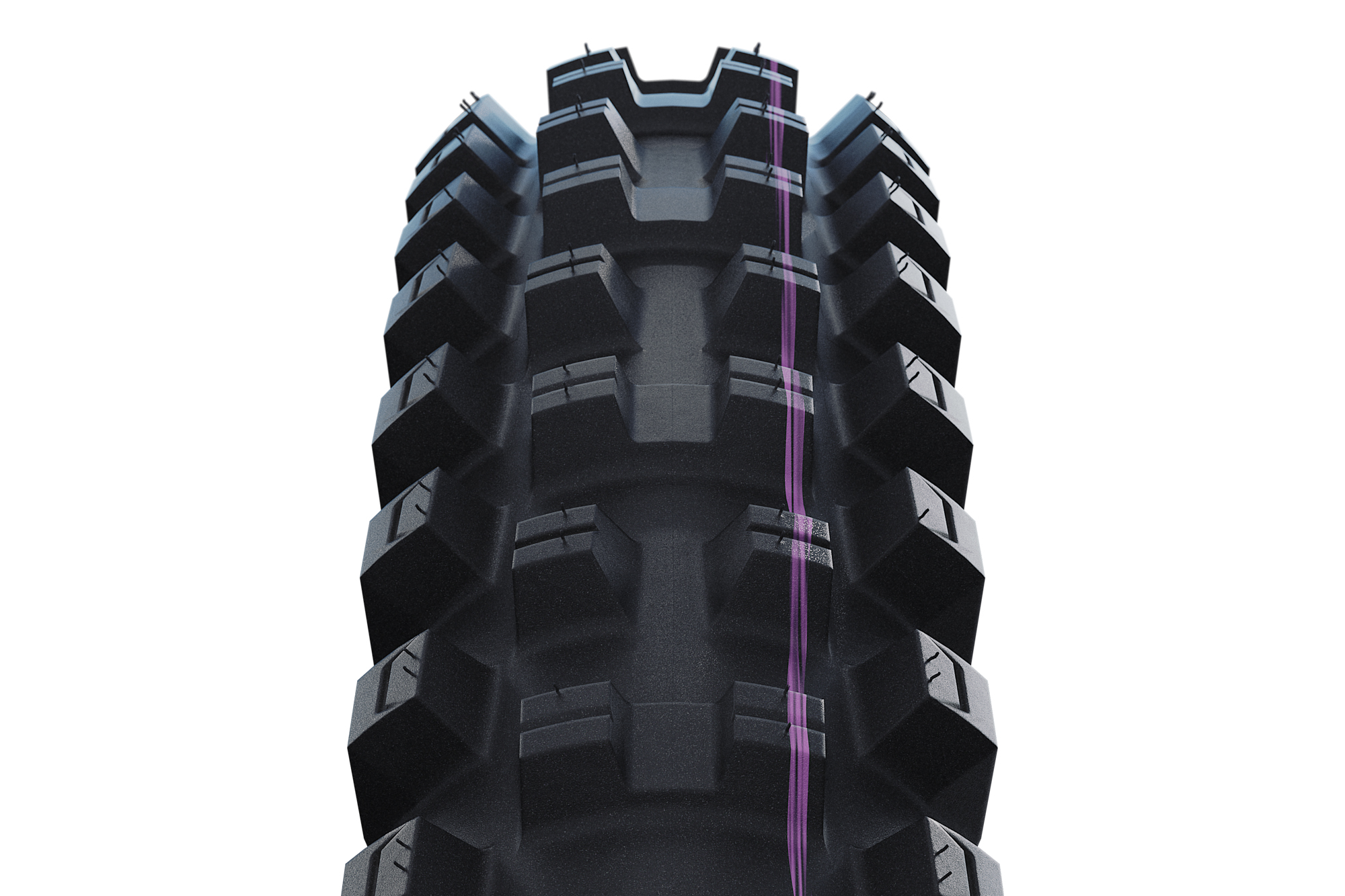
The Shredda has deep knobs destined for loose and loamy terrain. Schwalbe says it “literally sucks itself into the ground as the tire deforms more selectively,” which made me want to buy it right away for the Pacific Northwest area.
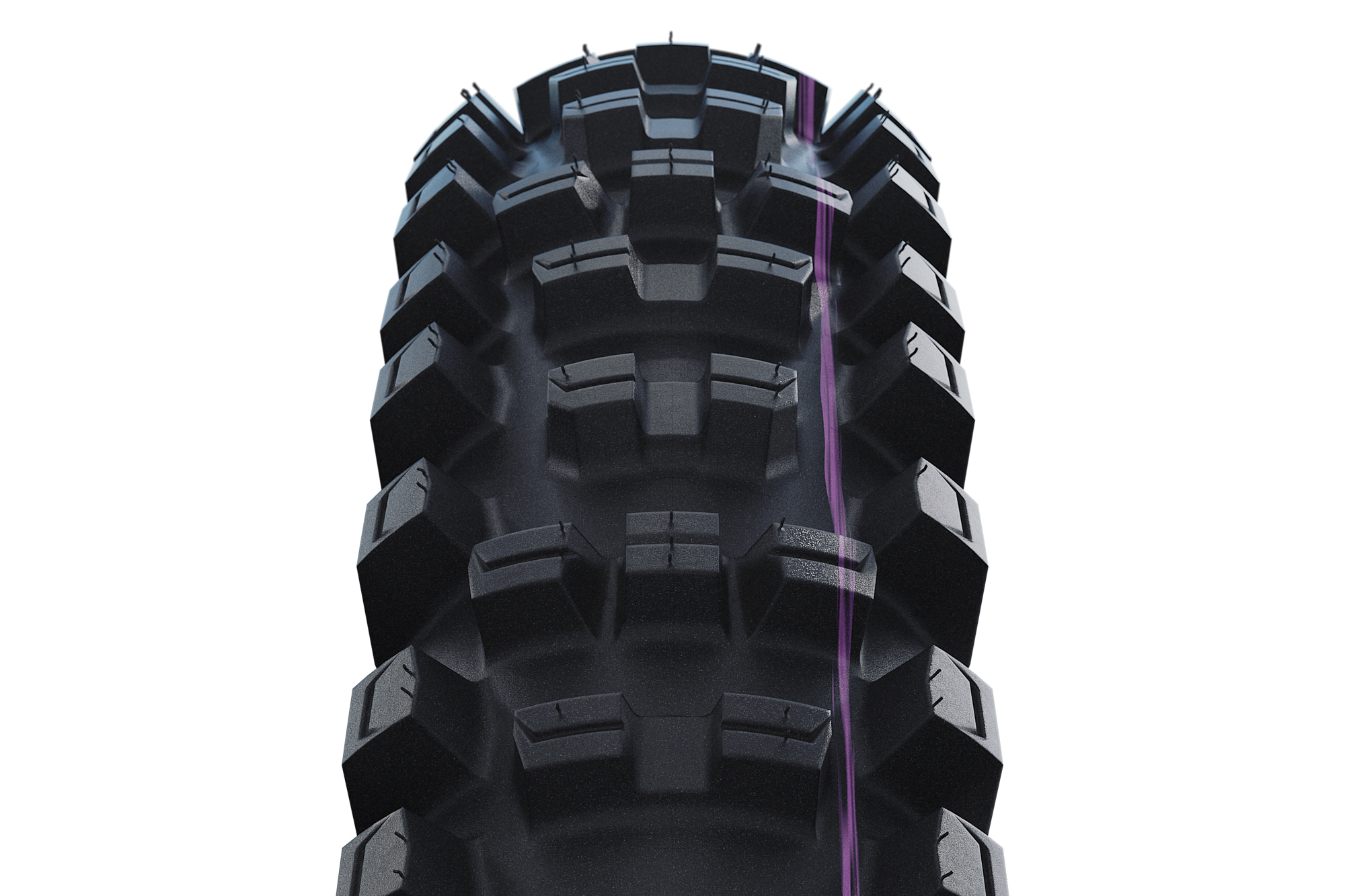
The Shredda Gravity Pro comes in dual 29″ or Mullet set-up, with front -and rear-specific models, with ultra-soft tread compound. Schwalbe states that this line is perfect for E-MTBs.
Magic Mary
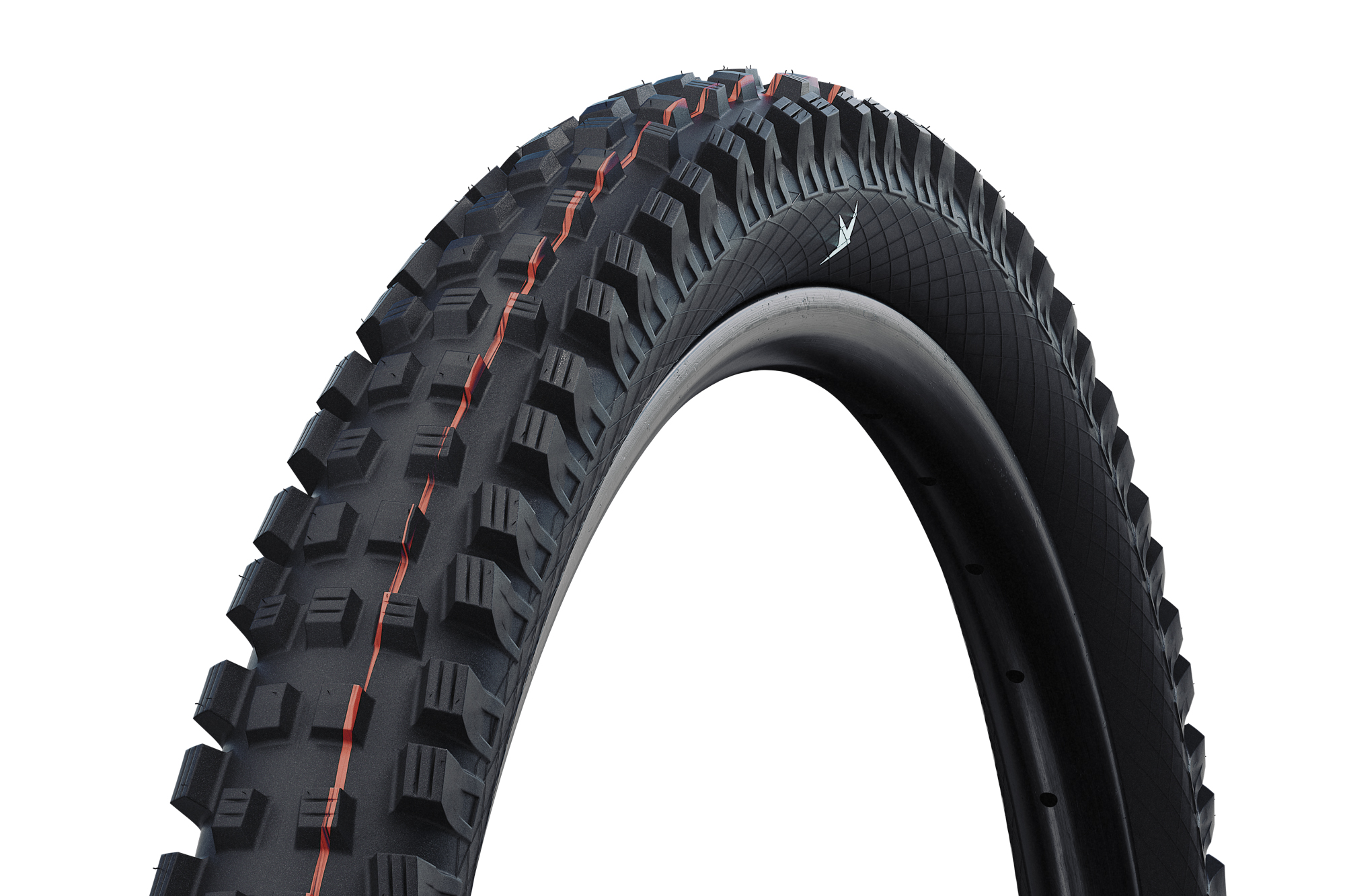
The Schwalbe site also lists a radial version of the Magic Mary, but it’s not yet available. It’s listed as a tire for loose surfaces and natural trails. No other press details were available at the time of writing.
Prices for Schwalbe Radial Mountain bike tires range from $98 to $104 each.
For more information, visit the Schwalbe Tires website.
